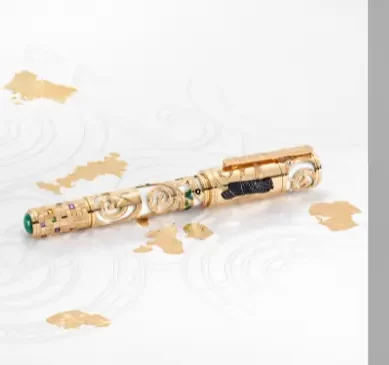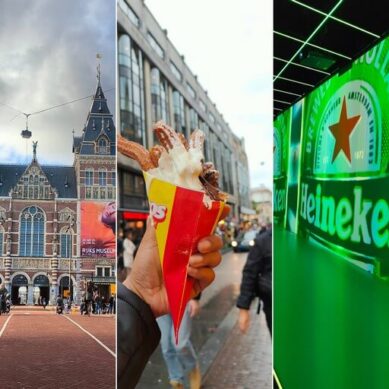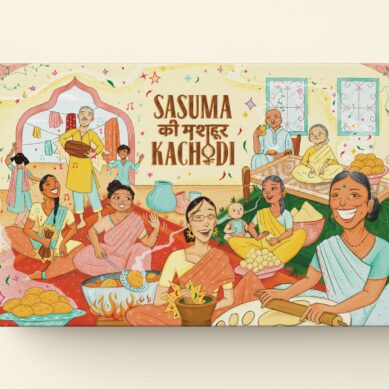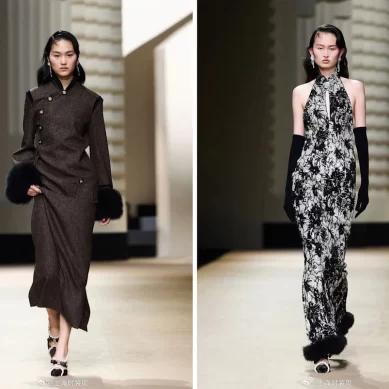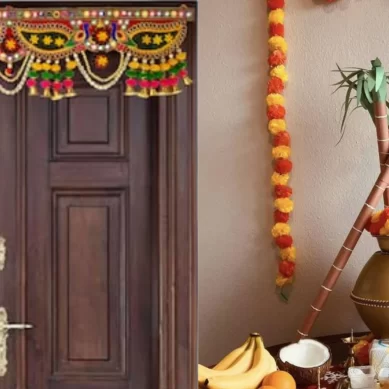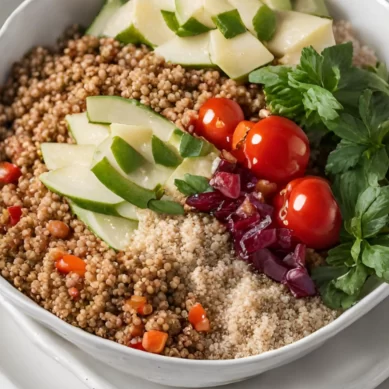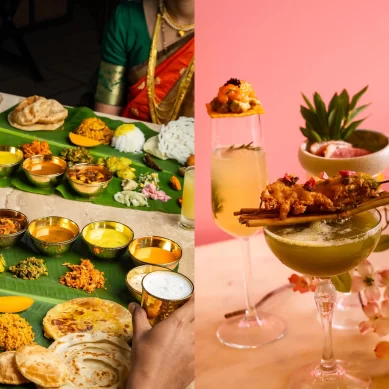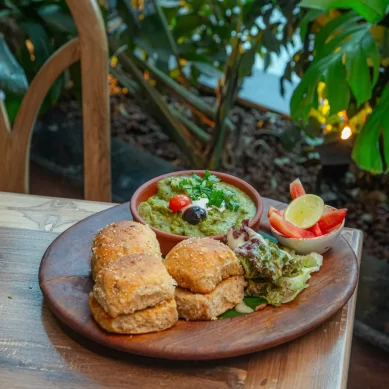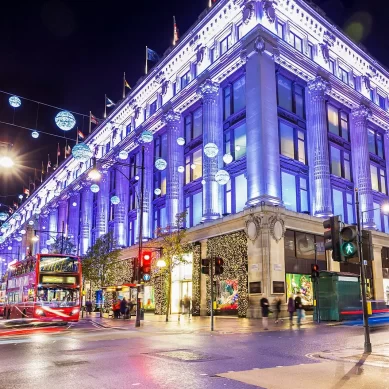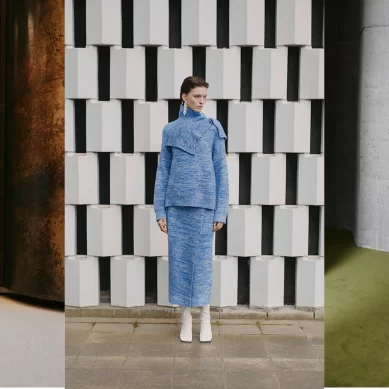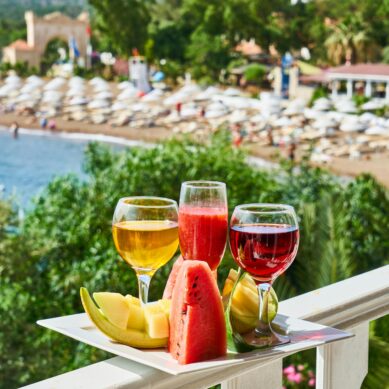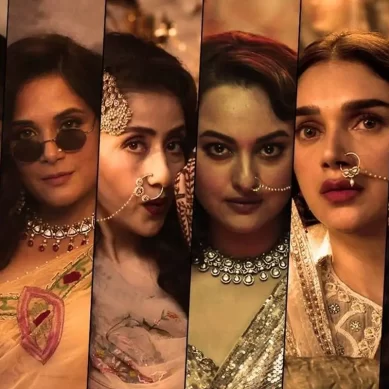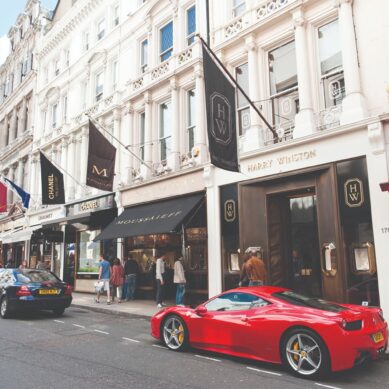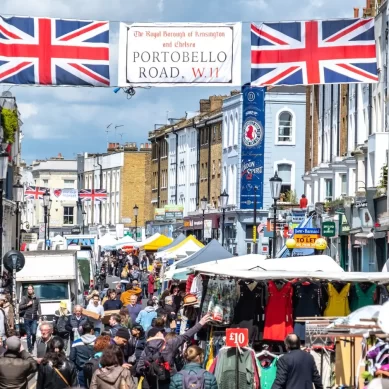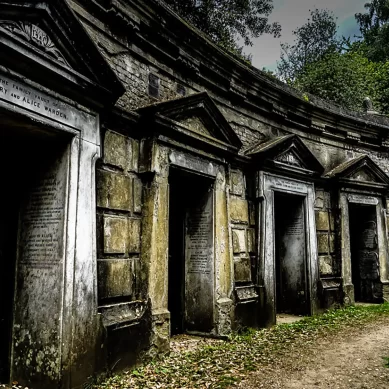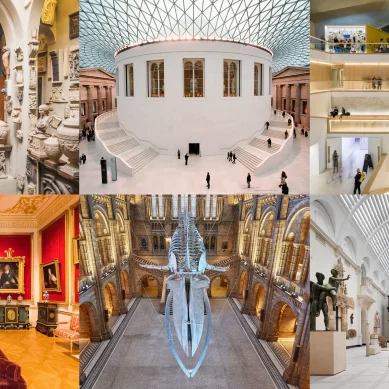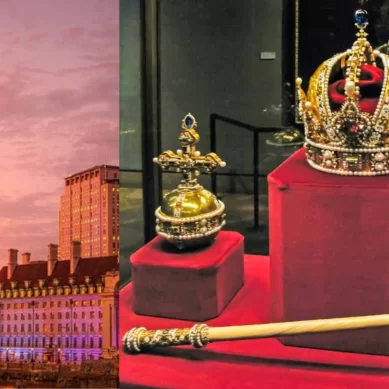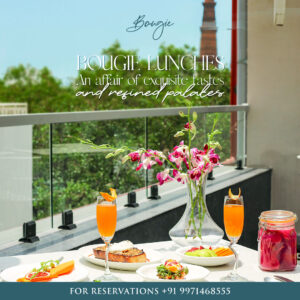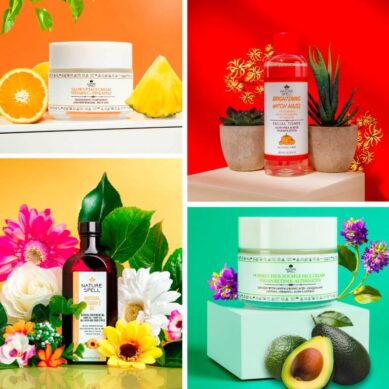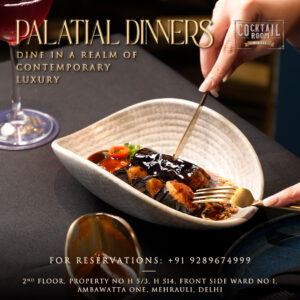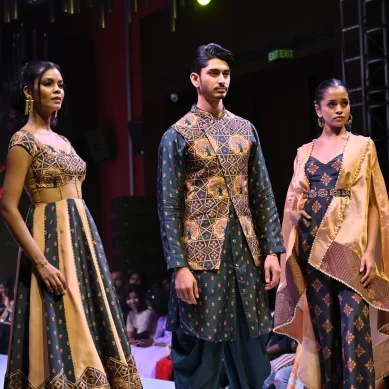Chittara Dusshera Festival Bazaar
FEEL ETHNIC IN THE CITY
Karnataka Chitrakala Parishath, situated in the heart of the garden city, Bangalore, is a beautiful, vibrant premise that bestows authenticity and tradition in its purest form.
It is a landmark for visual culture in the city and the state that comprises a network of Museums, Galleries and Archives. It is not only a visual discoursed space for artists from all over the globe but also hosts one of the finest art colleges in the city. Established in 1960 by Mr M Arya Murthy, this centre enriches the manner in which art history is perceived and serves as a learning space for students and visitors reflecting the passion of those who contribute to its establishment.

Karnataka Chithrakala Parishat brings to us ‘ CHITTARA ’ – one of the finest shopping bazaars in town from 27th to 7th October providing us with a heart-pleasing shopping experience from over 100 stores that offer exclusive handcrafted products designed and crafted by local artisans.
Serving as a therapeutic retail experience you will find everything from colorful lamp shades and festive mud diyas to beautiful black pottery kitchenware and handcrafted home décor products.
Further ahead is a highlight on all the aspects that we as viewers were enthralled by.

CLOTHING

Clothes in today’s world are not just fabrics but an expression of emotions. An enormous diversity of clothes from all over India were made available at the stalls in the event. Not only did the soft silk apparel make our hearts happy, but also the interlocked knotted jute from Telangana attracted our minds. Beautifully dyed and fabricated Kashmiri shawls and Handloom sarees with kurtas also made a significant presence alongside western apparel.

HANDCRAFTED PIECES
Indicating Handcraft skills that we INDIANS are known for, the stalls presented a beautiful display of lampshades right after the entrance. All the hard work and creativity put in by the Rajasthani artisan caught the sight of the crowd having them awestruck. The lamps were crafted using colored glass pieces over a plain glass structure making it a product of emphasis that we all would want to use in places of decorative lighting. This was indeed one of the most attractive stalls at the event.
We got an insight on how copper and brass antiques of Uttar Pradesh were manually made and sold at reasonable prices ranging from 250 – 20,000 rupees.

We were amazed by the little things made by the disabled kids from the Fatima Handicap Welfare Trust (NGO). It certainly proved that the kids might be disabled physically but are blessed with creative minds making them an asset for our country. Having the pleasure to watch the crowd buy their products indicated their helpful nature and their respect towards humankind.
We also saw some wall art made using 100% organic materials like colors extracted from vegetables, stones or even wood pulp. Their prices varied depending on the design and handwork put in by the artisans.

FOOD AND FESTIVITIES
Food being the aesthetic factor of Indian culture is predominantly a mélange of spices and flavors. Akin to its cultural and linguistic diversity, Indian cuisines vary from state to state. Spicy, flavorful condiments like pickles and papads that are commonly eaten with everyday meals added a traditional essence alongside savory dishes like ‘son papad’ and ‘kaju barfi’.
The stalls displayed a variety of festive food including Indian spices. We as visitors enjoyed the pickles that had been prepared at its place of origin by the ladies. These condiments were carried all the way from Uttar Pradesh or Rajasthan and had mind-blowing flavors of its land.

Food, however, might be piquant, others less too, but they are all colorful and enticing.
We came across a stall who’s lady had displayed her skills in the form of beautiful diyas and other Diwali decor that were highly fascinating.
Festivities always enhance the essence of tradition and culture that any cultural initiative attempts to provide.

FURNITURE AND ACCESSORIES
Furniture can be a product of design and is also considered a form of decorative art. In India, it not only plays a functional role but also serves a symbolic and religious purpose.
The stalls showcased finely handcrafted furniture made using a variety of woodworking joints which reflected the local culture. Indian artisans make use of natural objects such as a tree, stumps, rocks and moss.
Everything starting from terracotta and antique to beautiful metal crafted furniture was being sold. In addition to that, accessories like flower vases, fiber baskets, wall hangings like dream catchers and wind chimes; and handmade jewelry of Odisha and Assam provided an enthralling experience to the crowd.

Jewelry that is handcrafted instead of being machine made are considered special and dear to our hearts as the kind of hard work put in by the individuals is respected and cherished by all.
All of these products not only deck up our living, but also ramp up our style.
That’s not all! The exhibition also had a wide range of vintage carpets, paintings, ceramic pots, organic bath, body products and much more that provided a pleasing shopping experience to one and all present there.

– BY YOGITA, DRISHTI AND PREKSHA



